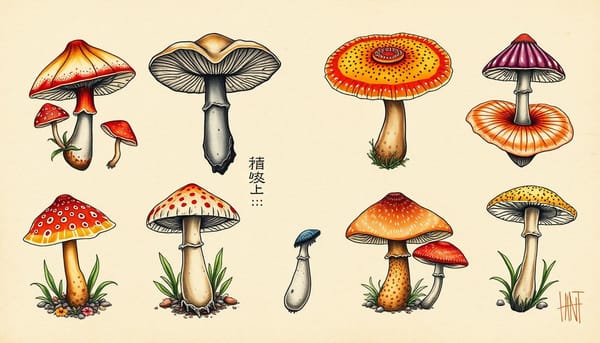
Culture
Oscars 2025 Red Carpet Predictions
Who will stun on the Oscars 2025 red carpet? Get expert predictions, trend forecasts, and insider scoop on Hollywood's biggest night!

Culture
Who will stun on the Oscars 2025 red carpet? Get expert predictions, trend forecasts, and insider scoop on Hollywood's biggest night!

Culture
Discover Lauren Graham's journey from Gilmore Girls fame to becoming a New York Times bestselling author. Explore her versatile career in television, film, and literature

Culture
Discover Danielle Macdonald movies and TV shows, from her breakout role in Patti Cake$ to starring performances in Dumplin', Bird Box, and Unbelievable. Explore her complete filmography.

Culture
Discover the perfect blend of classic and contemporary with red French tip nails. Transform your traditional manicure into a stunning statement look that's both elegant and eye-catching

Culture
Discover the hottest winter nails 2024 trends, from frosted finishes to cozy sweater patterns. Get inspired with stunning designs and learn how to achieve these seasonal looks at home

Culture
Explore enchanting mushroom tattoo designs, from whimsical toadstools to psychedelic fungi art. Discover meanings, styles, and creative ideas for your perfect nature-inspired ink

Culture
Discover Julia Haart shoes, featuring sophisticated designs and luxury craftsmanship. Explore her exclusive collection of high-end footwear made with premium materials
From culture and style to identity and balance, NYCaller tells the stories that shape how you live today

Discover stunning trendy simple nail designs you can create at home. From minimalist patterns to elegant accents, learn easy techniques for a professional-looking manicure

Discover how to see who is stalking your Facebook profile with our comprehensive guide. Learn effective methods to track profile views and protect your privacy

Explore Taylor Swift without bangs through her stunning red carpet moments and photoshoots. Discover how her no-fringe hairstyles have evolved from country star to pop icon

Discover the meaning and origins of "sneaky link" in modern slang. Learn how this term evolved in dating culture and why it's trending on social media platforms today.

Discover the captivating work of Justine Siemens, an acclaimed photographer known for her unique artistic vision and stunning visual narratives. Explore her award-winning portfolio today

Discover cyber sigilism, a modern fusion of ancient sigil magic and digital technology. Learn how practitioners create powerful digital symbols for manifestation online

Discover stunning red french tip nails designs that blend classic elegance with modern flair. Get inspiration for your next manicure with trendy patterns and expert styling tips

Discover everything about Katy Perry daughter Daisy Dove Bloom - from her birth and family life to the special meaning behind her name and how she changed her parents' world

Discover stunning christmas nails ideas that bring holiday magic to your fingertips. From glittery snowflakes to festive patterns, find the perfect manicure for your celebrations

Discover the alluring world of dark coquette aesthetics, where gothic romance meets elegant fashion. Learn how to embrace this mysterious style through fashion, decor, and lifestyle choices

Discover the profound winter arc meaning and its significance across cultures. Learn how this seasonal phenomenon shapes narratives, symbolism, and natural cycles

Transform your virtual meetings into festive celebrations with our collection of funny Christmas Zoom backgrounds. Spread holiday cheer and make everyone smile during your online gatherings